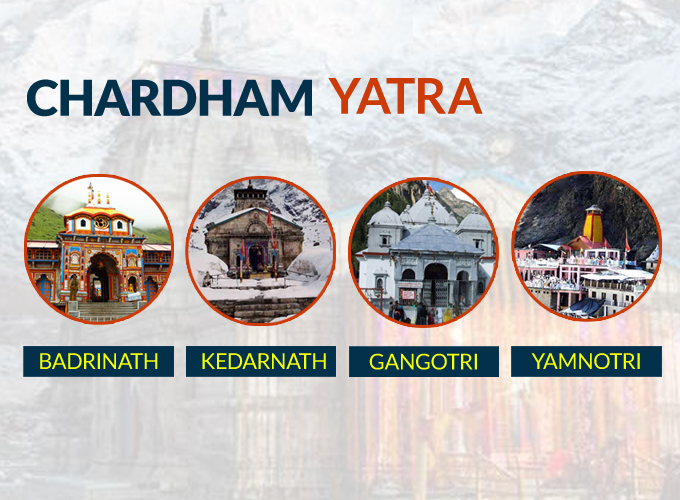
Char Dham Yatra Temple Rituals: A Comprehensive Guide to the Sacred Journey
The Char Dham Yatra is a revered pilgrimage that draws millions of devotees each year to the four sacred shrines nestled in the majestic Himalayas: Yamunotri, Gangotri, Kedarnath, and Badrinath. This spiritual journey is not merely a physical trek through picturesque landscapes; it is a profound spiritual experience deeply rooted in age-old rituals and traditions. Understanding the Char Dham Yatra temple rituals is essential for any traveler seeking to enhance their spiritual journey and connect with the divine.
The Essence of the Char Dham Yatra
The term Char Dham translates to “Four Abodes” and refers to the four sacred pilgrimage sites in Uttarakhand, India. Each of these sites has a unique spiritual significance and plays a vital role in the life of a devotee. The pilgrimage is believed to cleanse the soul, grant spiritual liberation, and foster a deep connection with the divine.
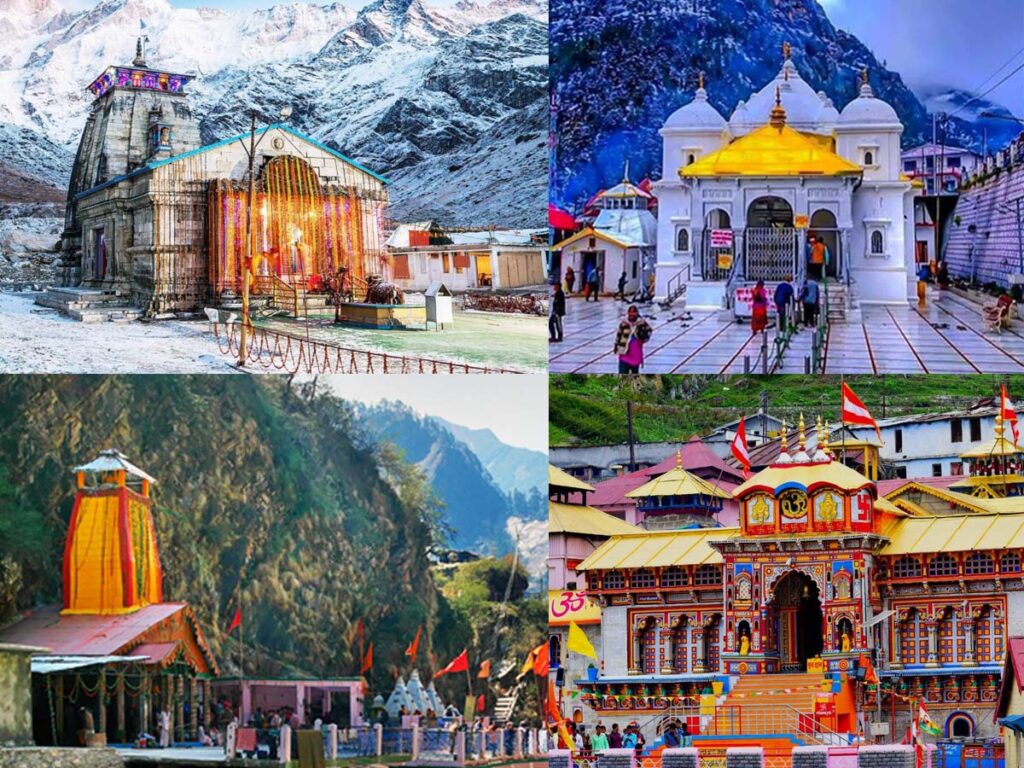
Char Dham Yatra Importance
The Char Dham Yatra holds immense importance in Hindu spirituality. This pilgrimage is considered essential for attaining Moksha (liberation from the cycle of birth and death). Devotees believe that by visiting these four sacred sites, they can cleanse their souls and attain spiritual enlightenment. The Char Dham Yatra importance is not merely in the physical journey but in the transformative experiences that accompany the temple rituals. Each site has its unique significance, and the rituals performed at these locations allow pilgrims to connect deeply with their faith, fostering personal growth and community spirit.
Spiritual Cleansing
One of the primary purposes of the Char Dham Yatra is spiritual cleansing. The act of participating in these rituals helps devotees purify their minds and souls, enabling them to seek blessings with a clear heart. Each ritual is meticulously designed to facilitate this process, guiding pilgrims on their spiritual journey.
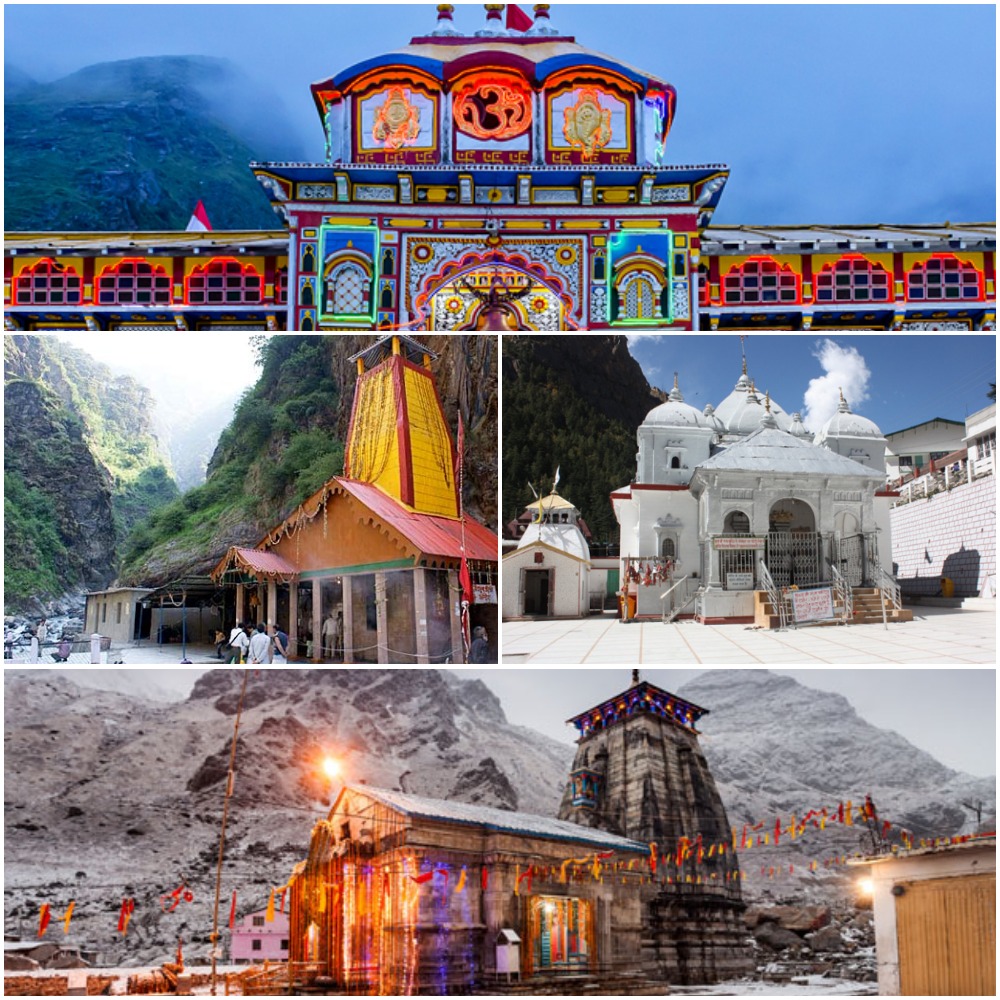
Connection with the Divine
The Char Dham Yatra is not just a journey to four temples; it is a pathway to connect with the divine. The rituals performed at these sacred sites enable devotees to establish a deep bond with the deities, fostering a sense of faith and devotion that transcends the physical realm. Engaging in rituals helps pilgrims feel closer to the divine and enhances their overall experience.
Cultural Heritage
The rituals of the Char Dham Yatra are not just religious practices; they also reflect the rich cultural heritage of India. Passed down through generations, these rituals preserve ancient traditions and beliefs. By participating in them, devotees contribute to the continuity of cultural heritage, keeping the spirit of the pilgrimage alive.
Community Bonding
The shared experience of participating in rituals fosters a sense of community among pilgrims. Whether singing hymns during the Aarti or performing offerings together, these communal rituals create bonds that transcend individual backgrounds. The feeling of togetherness and shared spirituality enhances the pilgrimage experience, making it more meaningful.

Rituals at Yamunotri Temple
Overview of Yamunotri
Yamunotri, the first stop on the Char Dham Yatra, is dedicated to Goddess Yamuna, the river goddess in Hindu mythology. Located at an elevation of 3,293 meters, Yamunotri is a stunning site with breathtaking views of the surrounding mountains. The temple itself is built near the source of the Yamuna River, which is believed to have healing properties.
Key Rituals at Yamunotri
- Kudki and Pooja: Upon arrival at Yamunotri, devotees often perform a Kudki, which involves offering rice and jaggery to the goddess. This ritual is essential for invoking the blessings of Goddess Yamuna and is an important part of the pilgrimage.
- Jal Abhishek: The Jal Abhishek is one of the most significant rituals at Yamunotri. Pilgrims bring water from the Yamuna River to bathe the idol of Goddess Yamuna. This act symbolizes purification and devotion, allowing devotees to cleanse their souls before seeking blessings.
- Offering of Prasad: After completing the rituals, devotees prepare offerings of rice, jaggery, and other items as prasad for the goddess. Sharing this prasad with fellow pilgrims fosters a sense of community and spiritual camaraderie.
- Aarti Ceremony: The evening Aarti at Yamunotri is a mesmerizing experience. Devotees gather to sing hymns and chant prayers, creating an atmosphere of devotion and reverence. This ritual marks the conclusion of the day’s activities and strengthens the bond between the devotees and the goddess.
- Yamuna Water Collection: Many pilgrims collect water from the Yamuna River to take home as a blessing. This water is considered holy and is often used for religious ceremonies and rituals.

Rituals at Gangotri Temple
Overview of Gangotri
Gangotri, the second stop in the Char Dham Yatra, is dedicated to Goddess Ganga. Located at an altitude of 3,042 meters, the temple is built on the banks of the Bhagirathi River, which is the source of the Ganges. This temple is not only a sacred site but also a place of immense natural beauty, surrounded by majestic peaks.
Key Rituals at Gangotri
- Ganga Jal Abhishek: The Ganga Jal Abhishek is a significant ritual at Gangotri. Pilgrims bring holy water from the Ganges River to perform the Jal Abhishek, symbolizing the purification of the body and soul. This ritual is performed by pouring the sacred water over the idol of Goddess Ganga.
- Maha Aarti: The evening Maha Aarti at Gangotri is a vibrant event that attracts numerous devotees. The priests perform the Aarti while pilgrims sing praises to Goddess Ganga, creating a spiritually charged atmosphere. This ritual strengthens the bond between the devotees and the goddess, making it a highlight of the pilgrimage.
- Offering of Bilva Leaves: Bilva leaves, considered sacred, are offered to the deity by devotees. This act symbolizes purity and devotion, and it is believed that offering these leaves earns the blessings of Goddess Ganga.
- Havan (Fire Ritual): Havan is often performed at Gangotri, where offerings are made to the sacred fire. This ritual signifies the importance of fire in Hindu culture and is believed to purify the environment, making it an integral part of the spiritual experience.
- Kund Pooja: The Kund Pooja is performed by devotees to honor the sacred water bodies in the vicinity. This ritual involves offering flowers and prayers to the water, acknowledging its significance in Hindu mythology.
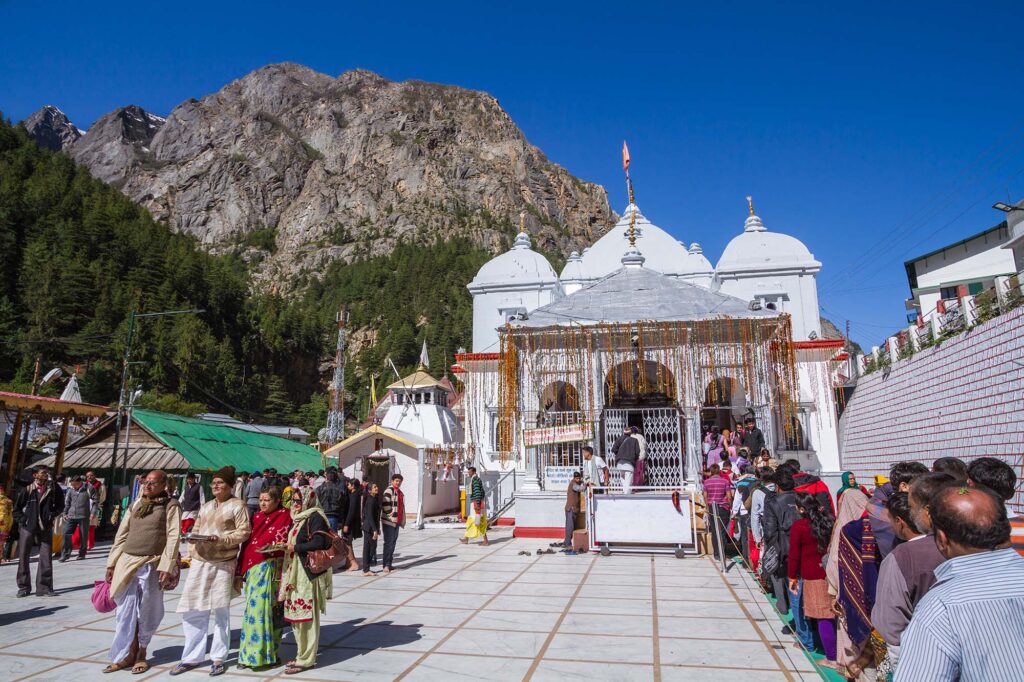
Rituals at Kedarnath Temple
Overview of Kedarnath
Kedarnath is dedicated to Lord Shiva and is one of the most revered shrines in the Char Dham Yatra. Located at an elevation of 3,583 meters, the temple is situated amidst breathtaking landscapes, with the Kedarnath mountain range as its backdrop. The temple’s historical significance and scenic beauty make it a must-visit for every pilgrim.
Key Rituals at Kedarnath
- Abhishek of the Shiva Lingam: The most important ritual at Kedarnath is the Abhishek of the Shiva Lingam. Devotees offer milk, water, and other sacred items to the Lingam, seeking blessings for strength and prosperity. This ritual is performed with deep devotion and is believed to grant the wishes of the devotees.
- Rudrabhishek: Rudrabhishek is a special prayer performed by priests to invoke the blessings of Lord Shiva. The chanting of the Rudra Mantra during this ritual creates an atmosphere of spirituality and reverence, connecting devotees with the divine.
- Nandi Puja: Nandi, the sacred bull and vehicle of Lord Shiva, is also worshipped at Kedarnath. Devotees perform Nandi Puja as a mark of respect and devotion. This ritual signifies the importance of Nandi in Hindu mythology and enhances the overall spiritual experience.
- Aarti and Bhajan Sandhya: The evening Aarti at Kedarnath is a mesmerizing experience. Devotees gather to sing bhajans and participate in the Aarti, expressing their love and devotion to Lord Shiva. The collective energy of the crowd during this ritual is palpable, creating a sense of unity and spirituality.
- Chappal Ceremony: After the rituals, devotees often perform a unique tradition of offering their chappals (footwear) at the temple. This symbolic act signifies surrender and humility before the deity.

Rituals at Badrinath Temple
Overview of Badrinath
Badrinath, the final stop in the Char Dham Yatra, is dedicated to Lord Vishnu. Situated at an altitude of 3,133 meters, the temple is located on the banks of the Alaknanda River. The temple is surrounded by stunning mountains and is known for its incredible architecture and spiritual significance.
Key Rituals at Badrinath
- Vishnu Abhishek: Pilgrims perform the Vishnu Abhishek, where holy water and various offerings are made to the idol of Lord Vishnu. This ritual signifies deep devotion and is an integral part of the pilgrimage experience.
- Offering of Tulsi Leaves: Tulsi, regarded as sacred in Hinduism, is offered to Lord Vishnu during the rituals. Devotees believe that this act brings blessings and fulfills their wishes, enhancing their connection with the deity.
- Aarti Ceremony: The evening Aarti at Badrinath is a grand spectacle that attracts numerous devotees. The priests perform the Aarti, and the atmosphere is filled with devotion and spiritual energy. Participating in this ritual allows devotees to express their love and reverence for Lord Vishnu.
- Charan Paduka Puja: Pilgrims often perform Charan Paduka Puja, where they pay homage to the footprints of Lord Vishnu. This ritual is believed to bring prosperity and blessings, enhancing the spiritual experience of the devotees.
- Narayan Katha: The Narayan Katha, a storytelling session about Lord Vishnu’s life and deeds, is often conducted at Badrinath. This ritual helps devotees deepen their understanding of the divine and strengthens their faith.

The Spiritual Significance of the Char Dham Yatra Temple Rituals
The Char Dham Yatra temple rituals are not mere ceremonial practices; they hold immense spiritual significance. Engaging in these rituals provides devotees with opportunities for introspection, reflection, and connection with the divine. Here are some key aspects of the spiritual significance of these rituals:
- Transcendence of the Material World: The rituals help devotees transcend the material world and focus on their spiritual journey. By participating in these ceremonies, pilgrims can momentarily detach from worldly concerns and connect with their higher selves.
- Strengthening of Faith: The Char Dham Yatra temple rituals reinforce the faith of devotees. The rituals, filled with symbolism and meaning, inspire pilgrims to cultivate their spirituality and deepen their devotion.
- Communal Spirit: The shared experience of rituals fosters a sense of community among pilgrims. This collective spirit enhances the overall pilgrimage experience, as devotees unite in their faith and devotion.
- Healing and Transformation: Many devotees believe that participating in these rituals can lead to healing, both physically and spiritually. The sense of belonging and connection with others can be transformative, enabling individuals to embark on their spiritual journeys with renewed vigor.
- Legacy of Tradition: The Char Dham Yatra temple rituals are part of a rich legacy passed down through generations. By participating in these rituals, devotees contribute to the preservation of cultural heritage and ensure that these traditions continue to thrive.
Char Dham Yatra Benefits
Undertaking the Char Dham Yatra comes with numerous spiritual, mental, and physical benefits. The Char Dham Yatra benefits extend beyond just visiting the temples; they include personal transformation through the rituals. Pilgrims often report feelings of peace and clarity after participating in the sacred ceremonies. The atmosphere of devotion and the collective faith of other devotees provide a sense of belonging and purpose. Additionally, the physical exertion of the trek promotes health and wellness, while the spiritual aspects enhance emotional well-being.

Tips for Participating in Char Dham Yatra Temple Rituals
To make the most of your Char Dham Yatra temple rituals, consider the following tips:
- Be Respectful: Always show respect during rituals, as they hold deep significance for fellow pilgrims. Follow the instructions given by priests and local guides, ensuring that you honor the traditions of the temple.
- Dress Modestly: Wear modest clothing that reflects the sanctity of the temples. Traditional attire is often preferred and appreciated, enhancing the overall experience.
- Participate Actively: Engage actively in the rituals and ceremonies. Whether it’s singing hymns, participating in Aarti, or offering prayers, your involvement enhances the spiritual experience and deepens your connection with the divine.
- Seek Guidance: If you’re unfamiliar with the rituals, seek guidance from local priests or experienced pilgrims. They can provide valuable insights and help you participate meaningfully in the rituals.
- Be Patient: The rituals can sometimes be time-consuming due to large crowds. Practice patience and enjoy the experience, knowing it’s all part of the sacred journey.
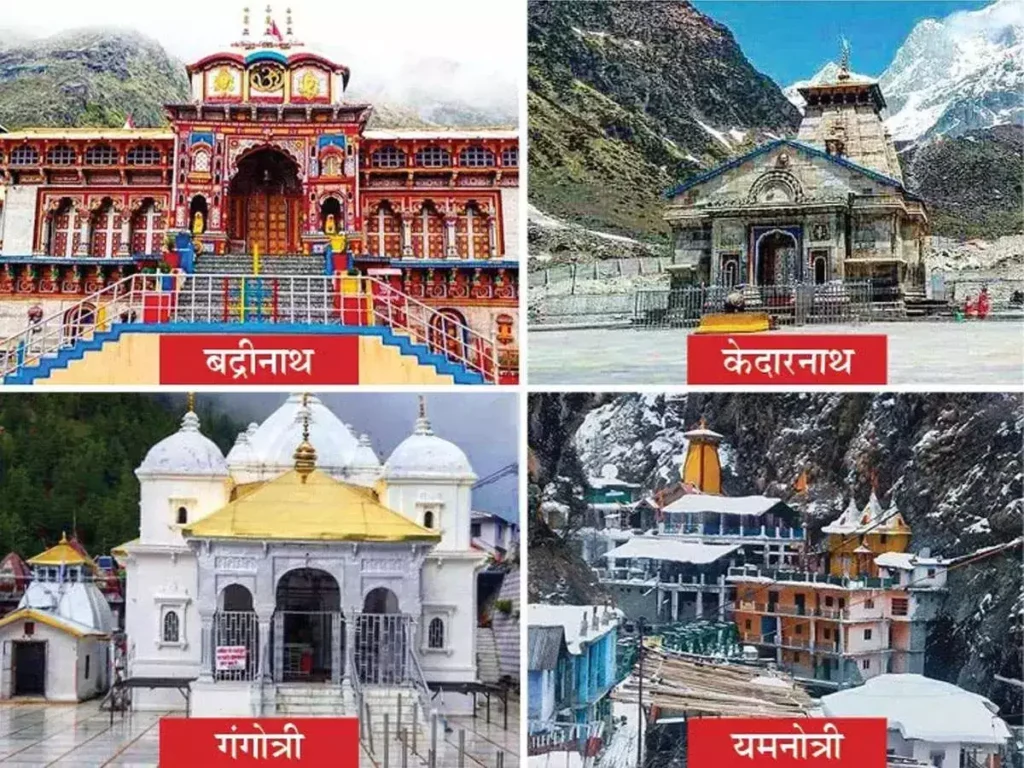
Preparing for the Char Dham Yatra
To make the most of your Char Dham Yatra temple rituals, consider the following tips:
- Be Respectful: Always show respect during rituals, as they hold deep significance for fellow pilgrims. Follow the instructions given by priests and local guides, ensuring that you honor the traditions of the temple.
- Dress Modestly: Wear modest clothing that reflects the sanctity of the temples. Traditional attire is often preferred and appreciated, enhancing the overall experience.
- Participate Actively: Engage actively in the rituals and ceremonies. Whether it’s singing hymns, participating in Aarti, or offering prayers, your involvement enhances the spiritual experience and deepens your connection with the divine.
- Seek Guidance: If you’re unfamiliar with the rituals, seek guidance from local priests or experienced pilgrims. They can provide valuable insights and help you participate meaningfully in the rituals.
- Be Patient: The rituals can sometimes be time-consuming due to large crowds. Practice patience and enjoy the experience, knowing it’s all part of the sacred journey.
- Documentation: Keeping a journal during your pilgrimage can be a valuable way to reflect on your experiences and insights gained from participating in the Char Dham Yatra temple rituals.

Char Dham Yatra Packages
For those looking to embark on this spiritual journey, various Char Dham Yatra packages are available. These packages often include guided tours of the temples, transportation, accommodation, and assistance in participating in the temple rituals. Travelers can choose packages that best suit their needs, whether for a short trip or an extended pilgrimage experience. Opting for a well-structured package can alleviate the stress of planning and allow pilgrims to focus on their spiritual journey.
Conclusion
The Char Dham Yatra temple rituals are an integral part of the pilgrimage experience, providing devotees with opportunities for spiritual growth, connection with the divine, and a deeper understanding of their faith. These rituals serve as guides on the spiritual journey, enhancing the experience for every pilgrim.
Engaging in the rituals at Yamunotri, Gangotri, Kedarnath, and Badrinath allows devotees to immerse themselves in the rich cultural heritage of India. By participating in these sacred ceremonies, pilgrims can embrace the profound spiritual significance of the Char Dham Yatra and take home lasting memories of faith, devotion, and community.
As you embark on this sacred journey, remember that the rituals you partake in will serve as a guiding light, leading you closer to your spiritual goals and offering you the blessings of the divine. Whether it’s the soothing waters of Yamunotri, the purifying Ganga at Gangotri, the strength of Kedarnath, or the grace of Badrinath, each step of the Char Dham Yatra will be marked by rituals that resonate with your soul. Let this pilgrimage be a transformative experience filled with devotion, learning, and connection, as you embrace the essence of the Char Dham Yatra temple rituals.
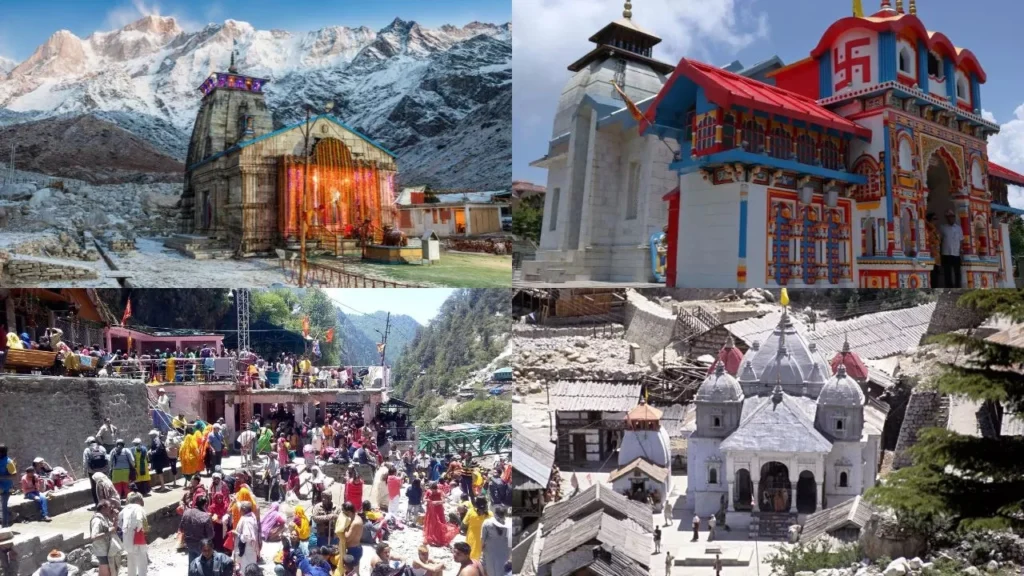
Char Dham Yatra FAQ
Many devotees have questions about the Char Dham Yatra. The Char Dham Yatra FAQ section addresses common queries about preparation, rituals, timings, and safety. This information is crucial for first-time pilgrims, helping them understand what to expect and how to prepare for their spiritual journey. Engaging with this FAQ not only provides clarity but also enhances the overall experience by ensuring pilgrims are well-informed and ready to participate in the temple rituals meaningfully.








Leave a Reply